Frugaltok is going viral — here's what happened when I tried some money-saving tips
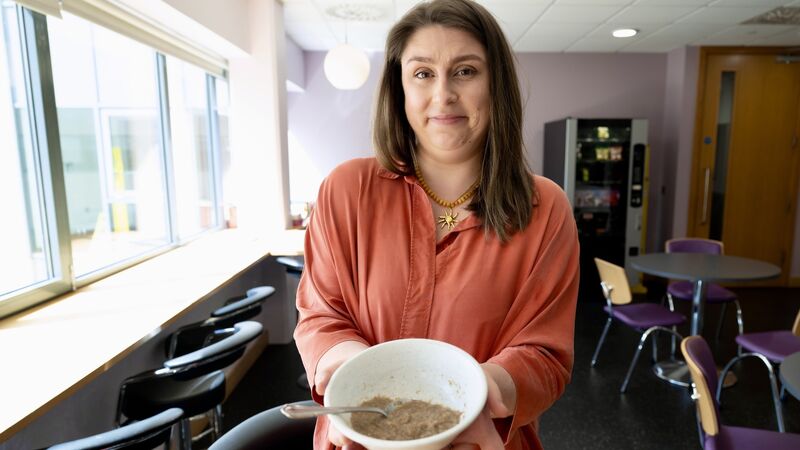
Turning her nose up at one viral tip, Jess Casey reacts to the idea of eating Weetabix with water instead of milk — one of the more extreme frugal fads circulating online.
Economists, I see your lipstick and hemline indexes and raise you ‘Frugaltok’ as an emerging, accurate prediction of impending market uncertainty.
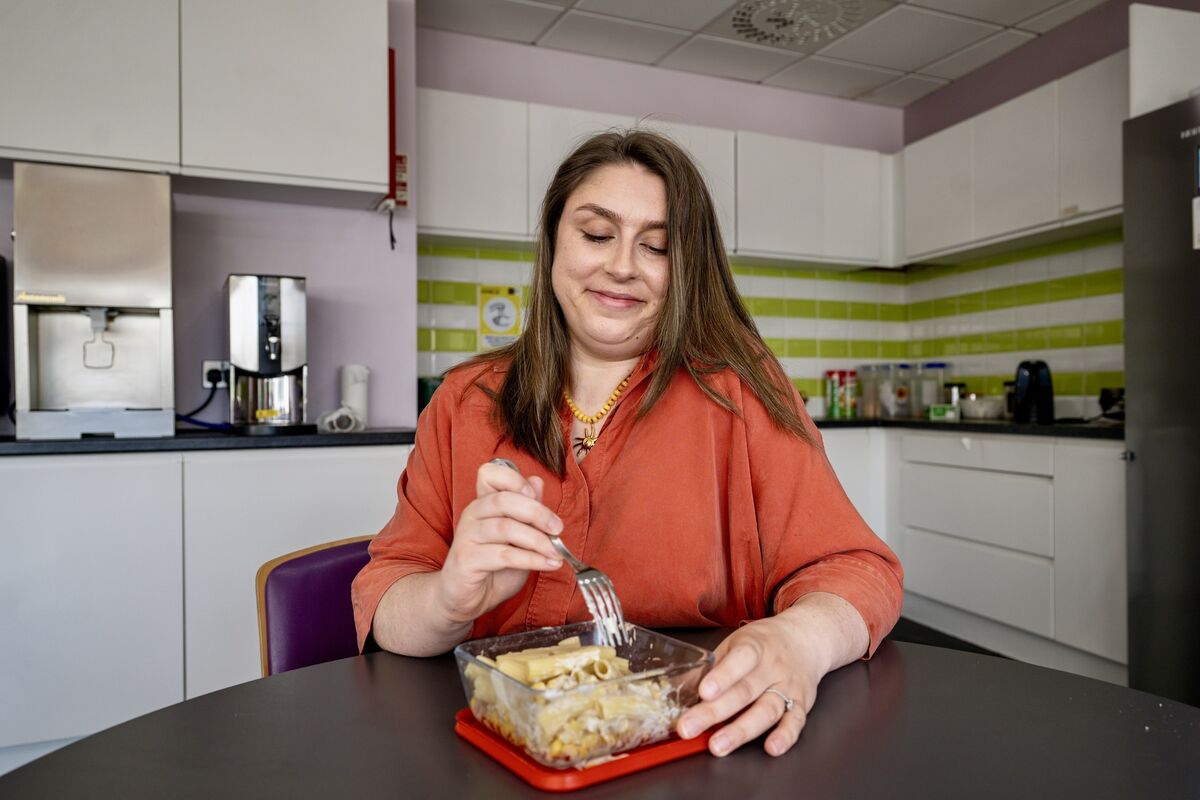
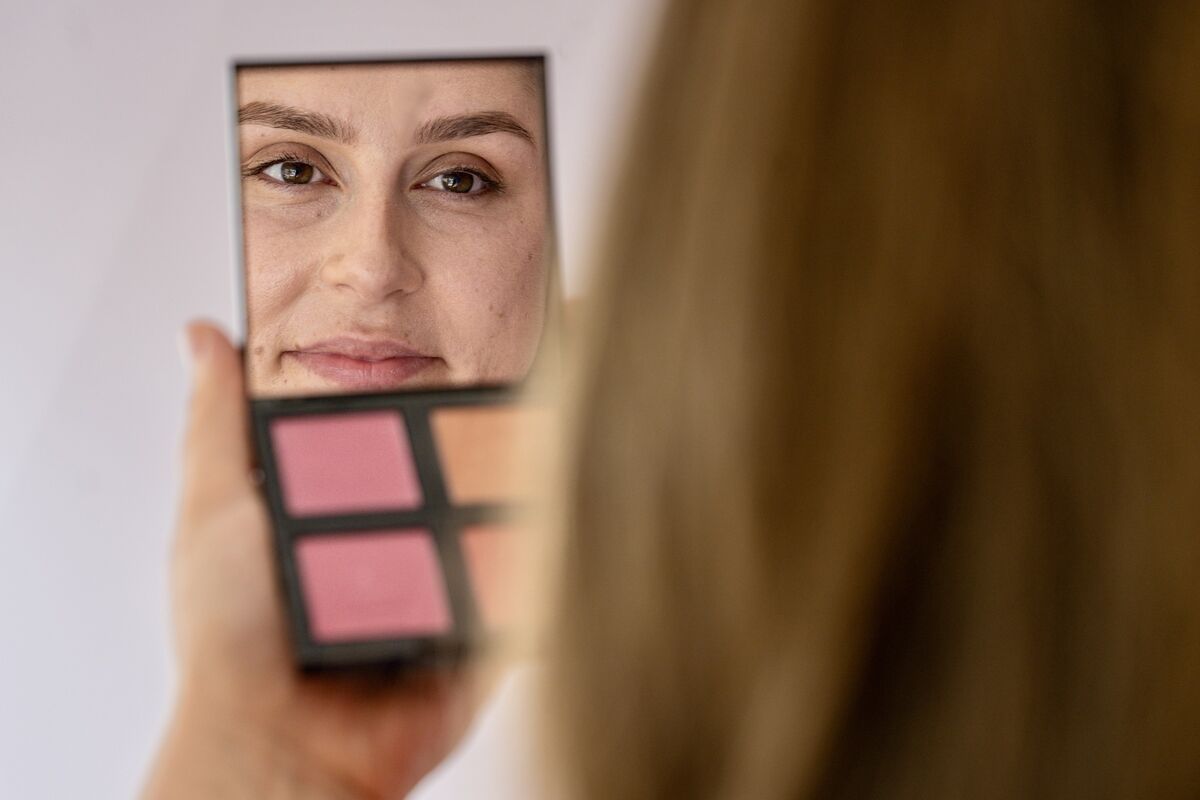
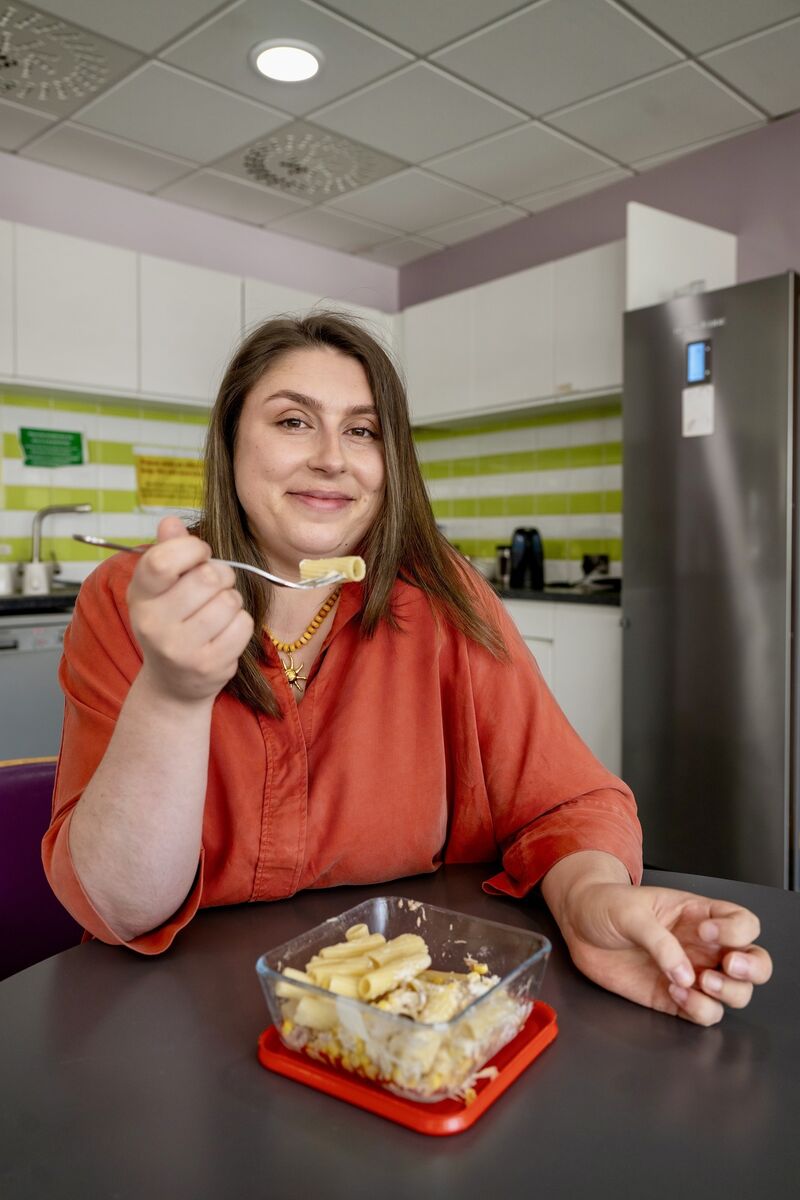
The first area to tackle was the weekly food shop. It meant cutting out mid-week dashes to the shop for top-ups and making lists before going shopping of what we already had and what needed to be used up. While keeping our food nutritious, and including options my toddler was guaranteed to eat, we did see a reduction here in our spending here but it was difficult at times.
Part of this involved taking stock of what we could do without (kitchen roll for example, which weirdly seemed to make its way into our lives in a big way almost the second we became new parents).
It also involved eating less meat or going for options like a whole chicken and making it last over the course of a few days and mixing mince with lentils or beans to make it go longer. Working from home, my lunches were often pretty sad, a medley of fridge leftovers that needed to be used up. It was really difficult to cut out convenience dinners completely; We broke our frugality once after a late-night trip to the doctors with the toddler, where we missed dinner and got drive-through burgers on the way home. Life happens.
When I first downloaded the food-waste app OLIO, which is designed for giving away, borrowing, or lending things in your community, I was sceptical about what I might find. I didn’t understand how the app worked, thinking it was just people trying to save the contents of their fridge by giving away bags of unwanted wilted salad.
After my experience using the app, I was converted. Food ‘heroes’ sign up as volunteers to rescue surplus, edible food nearing its best-before or use-by date that retailers will have no other choice but to dump. Uploads to the app tend to happen in the evening, and the food is free to anyone to pick up.
I wasn’t sure what to expect when I went to collect my order, but was pleasantly surprised to be presented at a volunteer’s house with about a dozen croissants and pains au chocolat, along with a load of sourdough bread. They weren’t fresh out of the oven, but far from stale and made nicer breakfasts for me for the week than watered-down Weetabix. The app is open to anybody and it can be used to give and get items you need or no longer have any use for.
I wouldn’t have considered myself much of an impulse spender, but this turned out to be one of the most effective Frugaltok tips I implemented as part of this experiment. If you set a rule to wait 30 days before making a non-essential purchase, you might find you save yourself a nice bit of money and a house full of clutter.
I kept a note of every time I thought about spending outside of our essentials budget and was shocked to see it all amount to just under €200 in a short space of time. Not that I would have bought everything on that list, but it was a good reminder of how easy it is to get suckered into mindless spending. At the end of the day, there wasn’t one thing on that list that I thought twice about since.
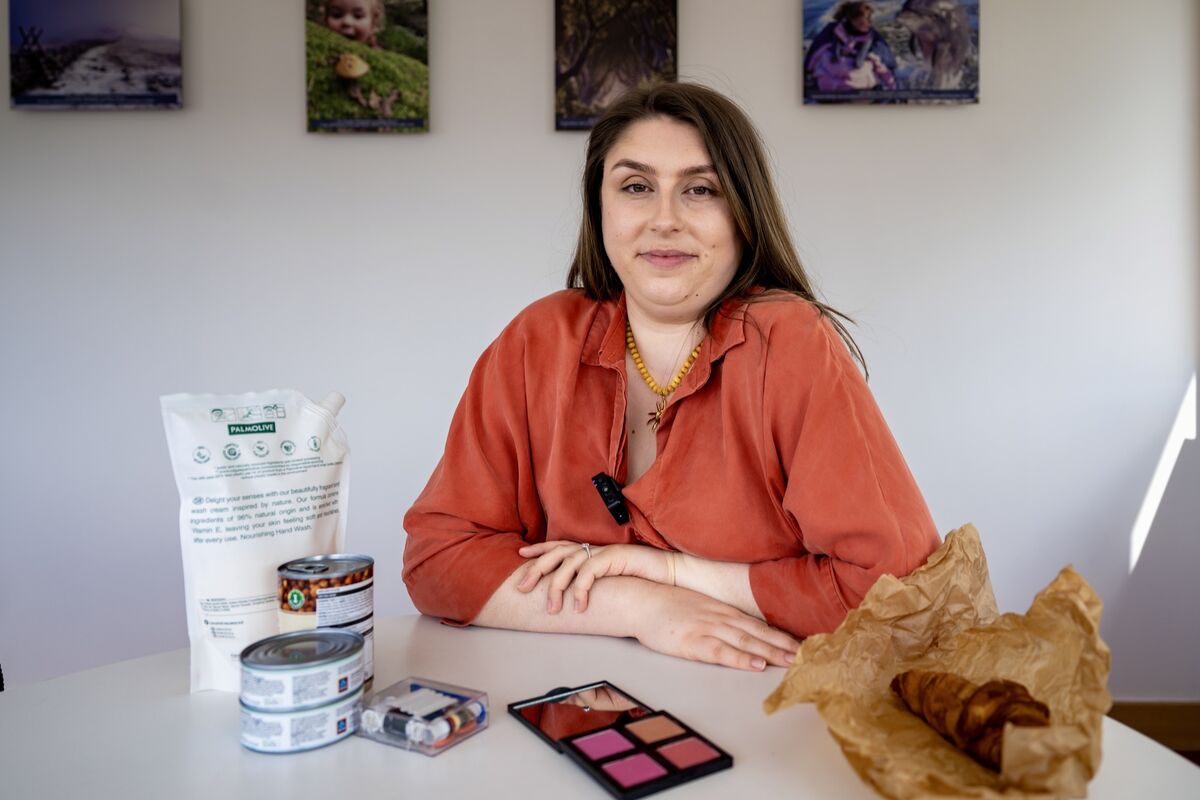
These are localised groups online where people can pick up items or ask for what they need for free. Intended to help reduce waste, members can post items they are giving away for free, or ask if anyone has what they need nearby. Some of the items being given away in my local group included a dollhouse, a washer/dryer, a Bosch fridge freezer, couches, prams, and firewood.
In the spirit of this article, I didn’t take anything we didn’t need, but will be checking these groups out in future before I need to make a purchase.
Another viral trend to take off among the frugally minded in recent years, no-spend days or no-spend months see you set aside calendar days where unnecessary purchases are cut, and any spending is kept to the bare essentials such as rent, groceries, or travel costs.
I factored in three of these days, one was an in-office day, the other two I was at home with the toddler. I was surprised to find my office day harder to commit to a ‘no spend’; I’d usually treat myself to a coffee.
For my days off, I was determined we’d still have fun so packed picnics and made use of nearby playgrounds and parks. When it rained, I took my toddler to the library and to a playdate with a friend. These worked well for us, but I’m conscious it would be harder with an older child. My toddler hasn’t discovered the concept of money just yet.
One tip often touted by frugal accounts is to make use of your most energy-intensive electrics during off-peak hours or to swap appliances — the electric cooker to a slow cooker or airfryer. But peak hours are often peak hours because it’s the most popular time to get jobs done.
Life with a toddler is just a never-ending pile of washing and we tried for a few nights to keep our washer use to off-peak hours before packing it in. Between the frantic dash that is dinner time, bath time, and bed time, we’d often be too tired to remember to get the washing on late.
Another tip I borrowed from Diary of a Cheapskate was bringing the water up to a boil on the cooker, before adding my pasta and turning off the power at the mains and letting the residual heat cook the pasta. When talking about trying these tips, everyone was on board, except for the pasta. “Does it not end up all waterlogged?” more than one person exclaimed. It did, a small bit, and also seemed to stay a bit undercooked too. It took about 30 minutes to cook this way all in all. But, weirdly, when mixed with tuna and sweetcorn and a bit of mayo, it was actually strangely tasty, although it could have been the hunger waiting for it to finish cooking.
Following night after night of unplugging unused plugs, keeping lights off, and generally monitoring our electricity use, our monthly bill is projected to go up by €100. We have absolutely no idea why. Go figure.
My overall conclusion? I’m glad this frugal experiment is over. While we definitely saved and could continue to do so, it was like having another full-time, unpaid job on top of work and motherhood. There have been times in my life when I have been painfully broke and having to account for every cent reminded me of that claustrophobic, overwhelm-ing feeling.
Still, it also made me grateful for what I do have, and definitely showed where savings can be made. But what’s life without a few little treats to get through the day? I won’t be giving up ‘mom tax’ anytime soon.






